
Late summer ushers in the bounty of nature, and she’s putting on a feast for harvest with bright, rich fruits of all shapes and sizes. From Peaches to Blueberries, we’re beginning to pick nature’s natural sugar with an enthusiastic sweet tooth.
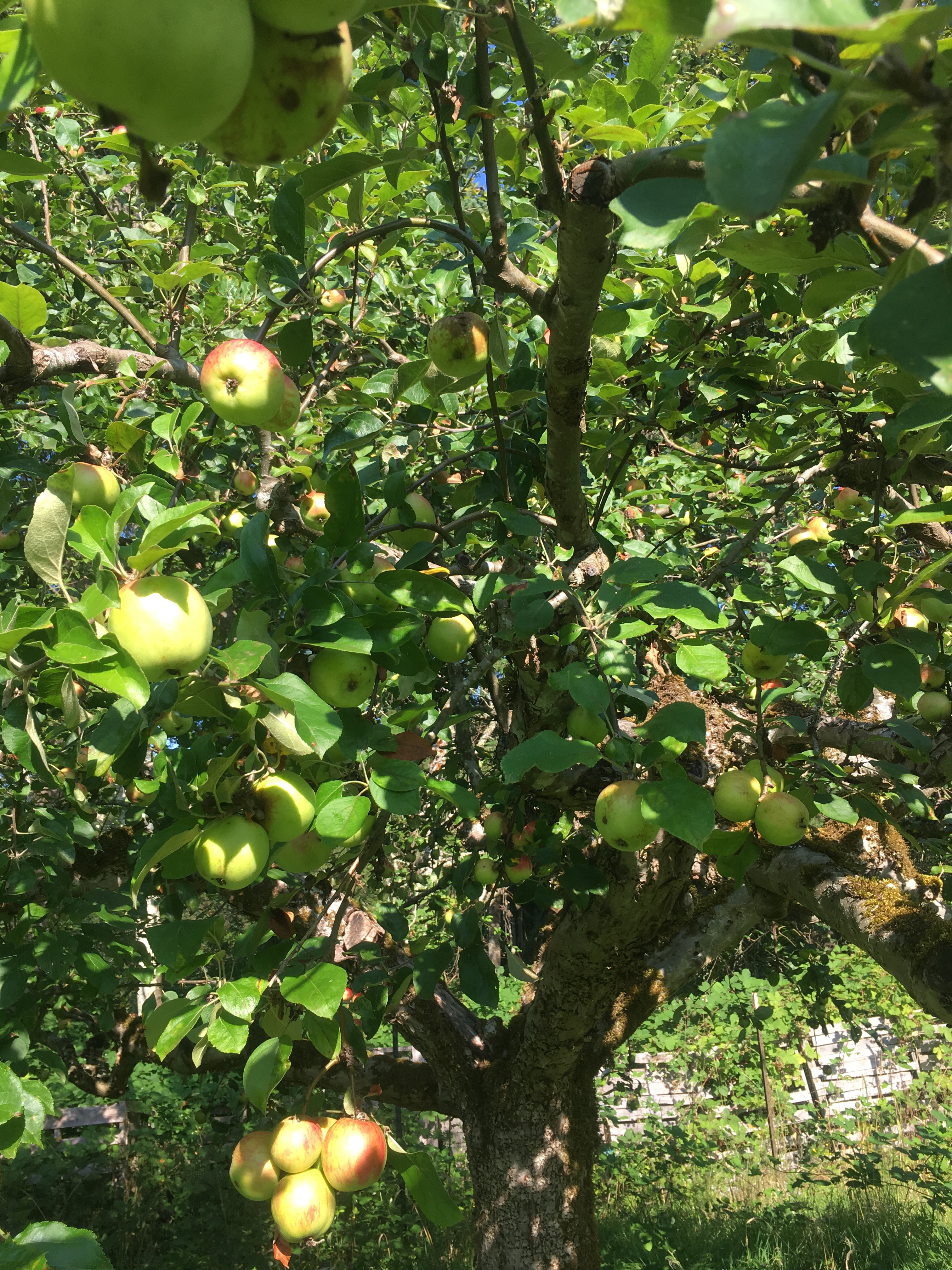
The land cared for by EEC Forest Stewardship has a few, well established apple trees, which are in high production. We’ll end up with so many apples, it’s hard to keep up. In past years we’ve had a pig to eat the glut, but this year, we’ll end up composting a lot of our fruit, which makes great fertility for the soil.

Because these trees are older, they have a common disease many fruit trees in western Washington end up with called scab. It’s on the red alders in the forest naturally, transferring to the fruit trees easily if they are near an older stand of alder, which these trees are. Though scab makes the apples unmarketable at a fruit stand, we’ll still happily eat them at the farm, because the scab does not harm the flesh of the apple, or taste, in any way. It’s simply a cosmetic blemish. The tree its self will be less productive with scab, but we’re grateful for the abundance that comes from the tree, and feel no inclination to treat with harsh chemicals to fight the blight.
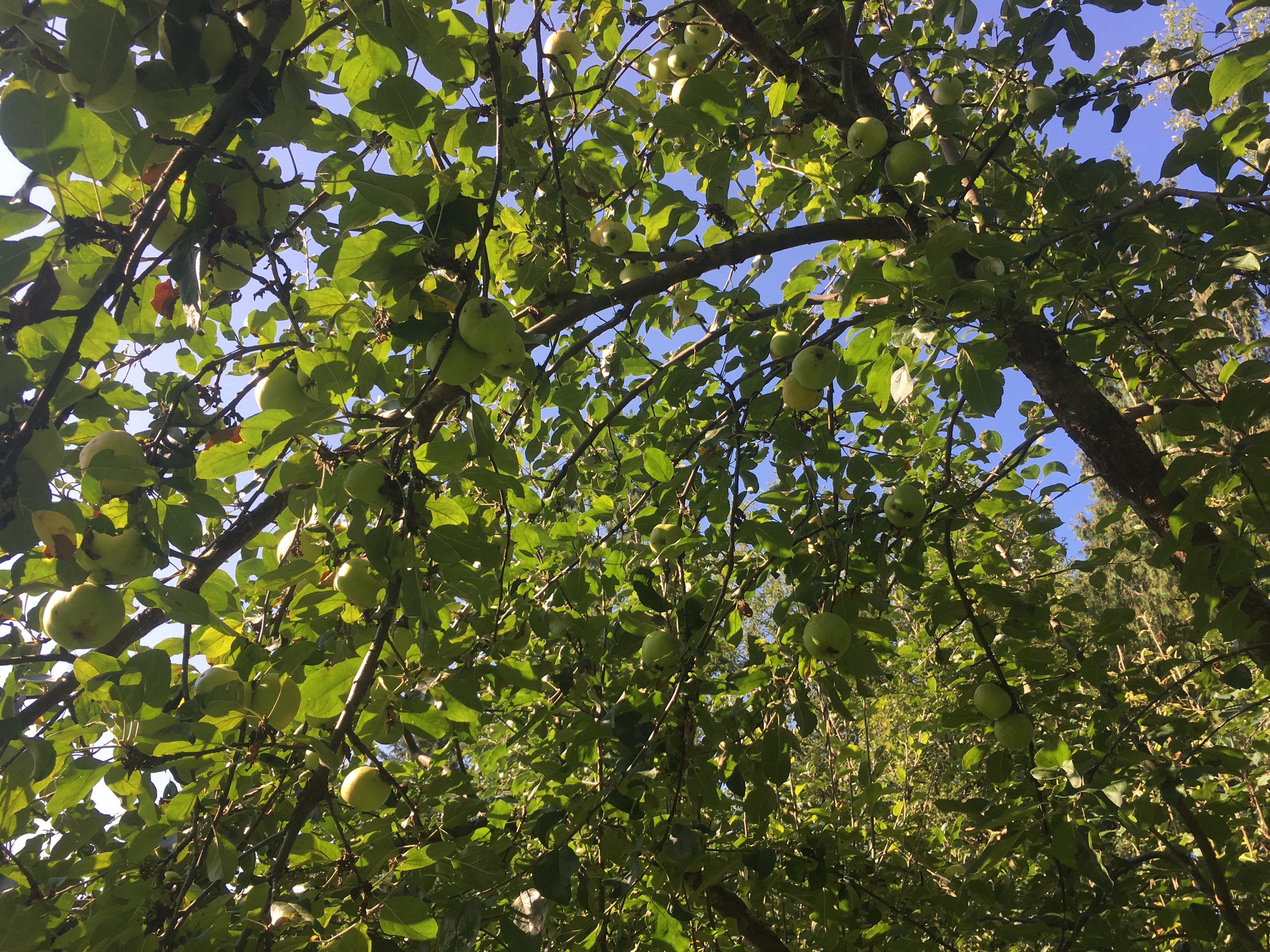
Fruit trees are a great way to repopulate the landscape with canopy. For people who wish to cultivate a food forest, nut and fruit trees are an important main stay. If you want to run an orchard, you’re looking at a lot of hard work and inputs to get fruit production up enough to pay the bills, and you’ll need a lot of trees. However, if you are instead, cultivating an intact forest cover, with companion under-story, including medicinal and edible plants, you’ll end up with a self regulating ecosystem that puts out endless food and medicine for you’re household, and the extended neighborhood.

Above is a snapshot of a young “tree island” being established at EEC Forest Stewardship. In this small mix there is a small decorative evergreen, already established to mark the curve in the driveway, and added to it’s grove is an edible crab apple, a native crab apple, and shrubs, including lavender, twin berry, and two types of current. As this island takes shape, we’ll have a few trees for canopy, with plenty of light around the edges for all the under-story. The diversity of habitat will feed us, the wildlife, and offer multi-season pollination options for the beneficial insects. It’s an island, because of it’s isolated location and size, with only one or two trees forming the “grove”.
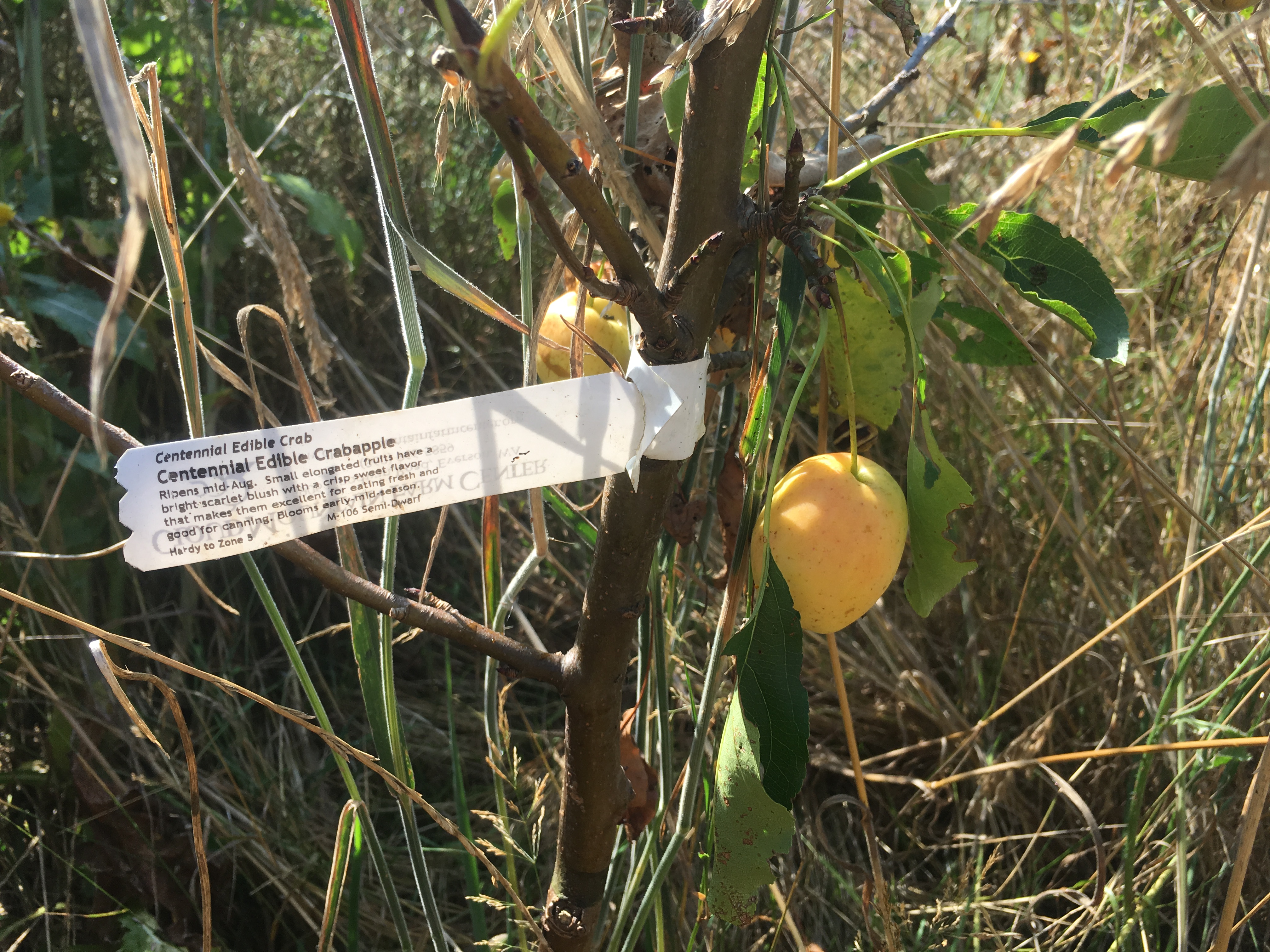
Think about how big your fruit trees will get as you are planning your plantings. I usually select for dwarf verities to keep height down near my gardens and pastures. Along the eastern fence line, I plant taller verities, because there is a young forest just on the other side already blocking the light, so my full sized apple trees can develop into 50-60 foot monsters and still be dwarfed by the towering evergreens. EEC is also focusing on diversity of verities, because western Washington hosts a lot of diseases, which cripple many fruit bearing plants over time. We’re also making sure to incorporate native plants into all our cultivated space, like the currents, twin berry, and native crab apple. If the cultivars fail, at least we’ll have a relatively resistant native to back it up.
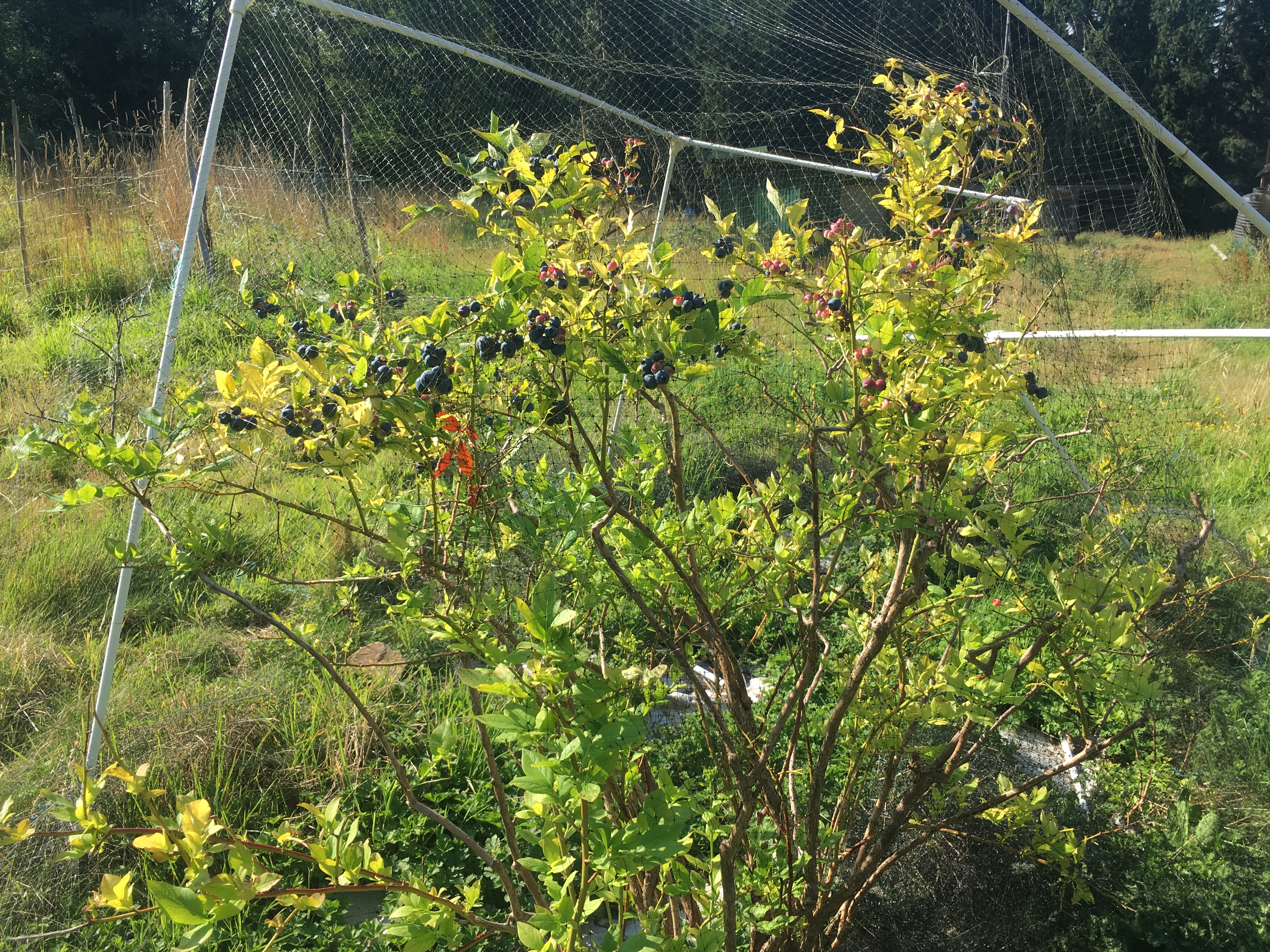
Livestock and wildlife are another big consideration when establishing fruit species. Our blueberries were covered in bird netting, with a 3 foot high chicken wire mesh around the base to keep out rabbits. The setup worked well for a few years. We knew to keep our goats away from the structure, and let our two sheep graze briefly in the area under supervision. This year, we got a larger herd of sheep, and they completely decimated the blueberries in half a second during a mob graze. Luckily, our blueberries were mature enough to resist the invasion, and we still managed to get some fruit off the top of each bush. Still, we’ll be building a more substantial structure to protect our little berry patch.
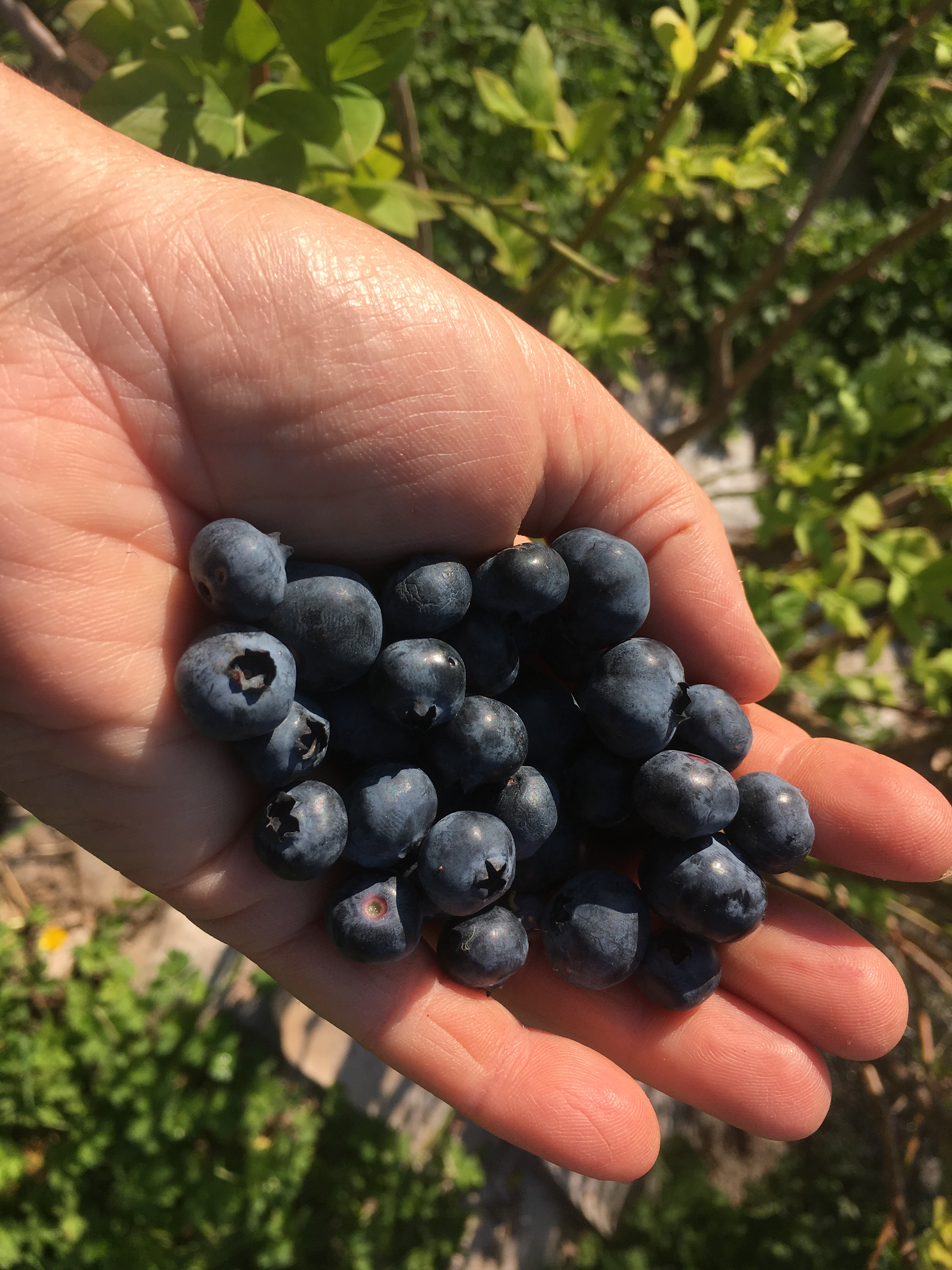
Once we have blueberries spread out across the landscape, we’ll have no need to fence everything because there will be enough to support both wildlife and our community. Livestock are a different story, and you’ll need good fencing and even better rotational grazing to prevent the destruction of a young food forest Baby trees and shrubs are most vulnerable, and you will need to fence them off to prevent complete predation. Eventually, they will establish enough to fend off most attacks. The long term pay off for your efforts will be endless bounty.
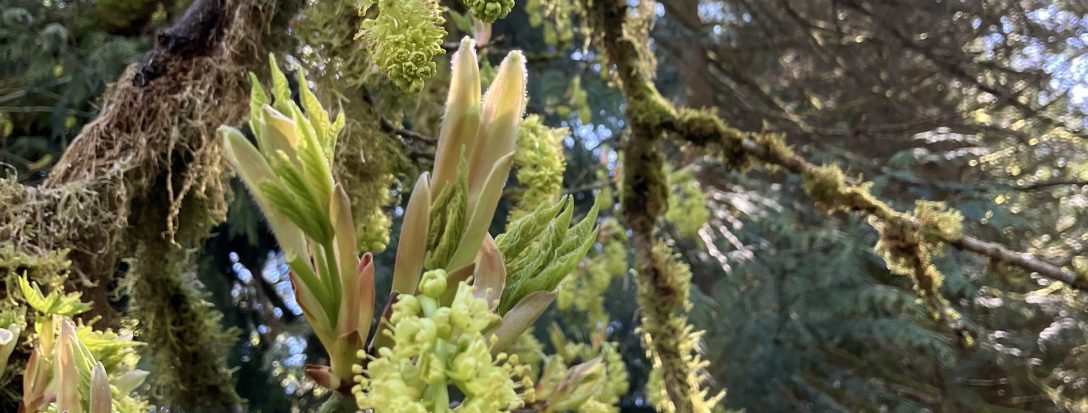
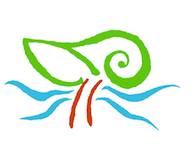
Which variety of apple do you recommend? I am new to the area.
LikeLike
Salvio, your questions is asked by excited orchard enthusiasts often, and my answer may be a bit of a let down, but it’s a reality check for fruit growers on the west side of The Cascades in The Pacific Northwest- it all depends on soil, and micro-climate. My orchard is on a south facing slope at 600′ in a 6-8 hour sun exposure, depending on the time of year. 500′ below my orchard is a stream and established 60 year forest, which creates a cool spot, lowering temperatures up the hill by 3-5 degrees, creating a micro-climate. Our exposure on this hillside to wind is minimal, but there have been serious gusts that can greatly affect flowers, and mature fruit on the tree. There is not a standard type of apple to plant, countless verities exist, and my suggestions to any soon to be fruit grower is to visit a local nursery to see what is in stock after you’ve done a soil test of the area you wish to plant. I’d also suggest planting a large diversity of fruit, from apple to quince so you always have something to harvest, but also have resistance to disease and occasional off years for some species. In our orchard, because there is a neighboring stand of older red alder, we have canker, which even if treated, will quickly return because of the neighboring trees which have it and cannot be treated. On a side note- because of our holistic practices, we work with the diseases in our orchard, not fighting them, so we also accept that our cherry trees will also have canker, and die young. The native choke cherry struggle with the same problems, yet manage to continue reproduction and dispersal. We plant sweet cherries, but not with the expectation that they will reach maturity. So, in short, plant anything you want, and study the outcome- I would recommend looking at root stalk with great care- as many have been developed to resist local diseases. Cloud Mountain Farm (https://www.cloudmountainfarmcenter.org/education/rootstock-pollination/) has a great database of fruit in western Washington- so check out their site. Hope this was helpful!
LikeLike
This was both helpful & insightful! Thank you. I guess the key is to diversify & connect with local experts. How do you work with your diseases?
I hope you will write more about your job.
LikeLike